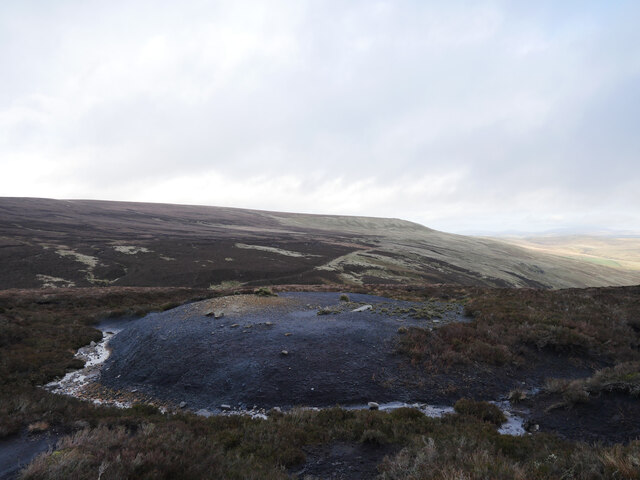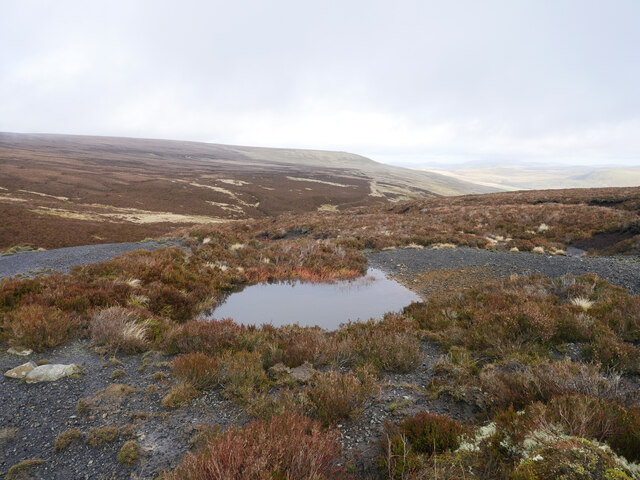Carter Fell
Hill, Mountain in Roxburghshire
Scotland
Carter Fell

Carter Fell is a prominent hill located in Roxburghshire, Scotland. It is part of the Southern Uplands and stands at an elevation of 818 meters (2,684 feet). The fell is situated near the border between Scotland and England, providing stunning panoramic views of both countries.
The hill is characterized by its rugged and steep terrain, with rocky outcrops and narrow ridges. It is a popular destination for hikers and hillwalkers, offering various routes of varying difficulty. The ascent to the summit can be challenging, but the rewarding views make it worth the effort.
Carter Fell is known for its rich biodiversity, with a diverse range of plant and animal species inhabiting its slopes. It is home to several rare and protected species, including the black grouse and the elusive mountain hare. The hill is also covered in heather and grasses, creating a picturesque landscape in the summer months.
The fell is steeped in history and folklore, with tales of ancient battles and legends surrounding its name. It is said to have been named after a local farmer, who lost his life while attempting to navigate the treacherous terrain in winter.
Overall, Carter Fell offers a challenging and rewarding outdoor experience for nature enthusiasts and adventure seekers alike. With its stunning views, diverse wildlife, and rich history, it is a must-visit destination for those exploring the beautiful landscape of Roxburghshire.
If you have any feedback on the listing, please let us know in the comments section below.
Carter Fell Images
Images are sourced within 2km of 55.324166/-2.5184943 or Grid Reference NT6703. Thanks to Geograph Open Source API. All images are credited.








Carter Fell is located at Grid Ref: NT6703 (Lat: 55.324166, Lng: -2.5184943)
Unitary Authority: The Scottish Borders
Police Authority: The Lothians and Scottish Borders
What 3 Words
///moment.aspect.crows. Near Rochester, Northumberland
Nearby Locations
Related Wikis
Whitelee Moor
Whitelee Moor is nature reserve of the Northumberland Wildlife Trust, in Northumberland, England, near Carter Bar. A large part of the moor is blanket...
Carter Bar
Carter Bar is a pass in the Cheviot Hills, on the Anglo-Scottish border. It lies east of Carter Fell at the head of Redesdale, and is crossed by the A68...
Scottish Borders
The Scottish Borders (Scots: the Mairches, lit. 'the Marches'; Scottish Gaelic: Crìochan na h-Alba) is one of 32 council areas of Scotland. It is bordered...
Raid of the Redeswire
The Raid of the Redeswire, also known as the Redeswire Fray, was a border skirmish between England and Scotland on 7 July 1575 which took place at Carter...
Nearby Amenities
Located within 500m of 55.324166,-2.5184943Have you been to Carter Fell?
Leave your review of Carter Fell below (or comments, questions and feedback).










